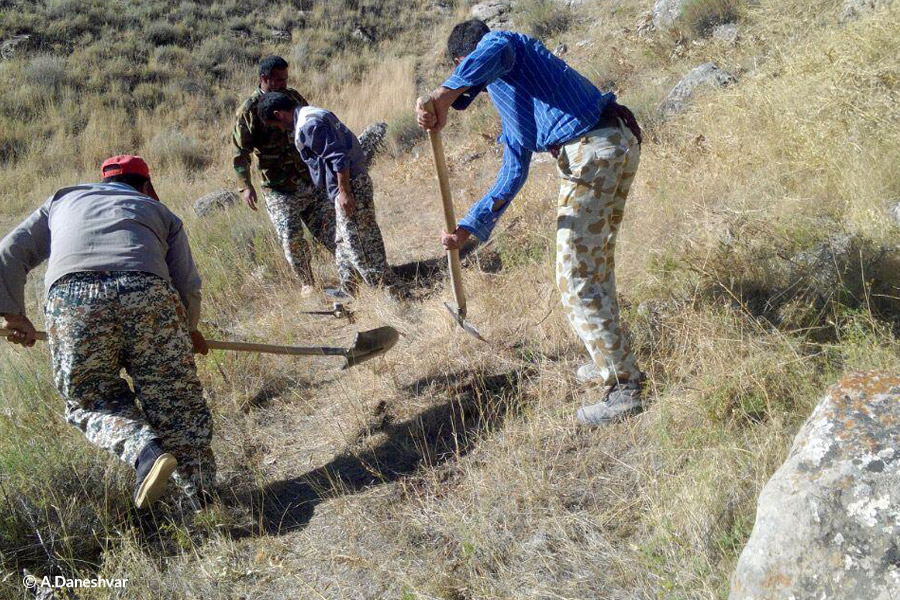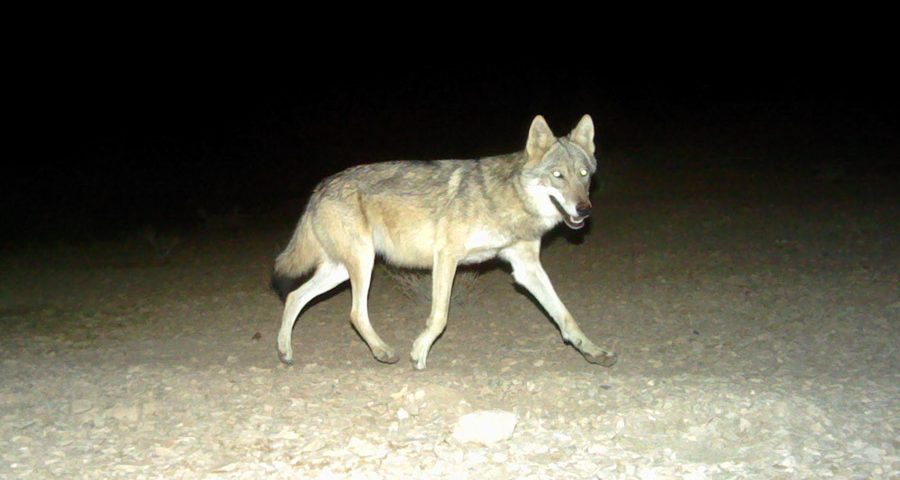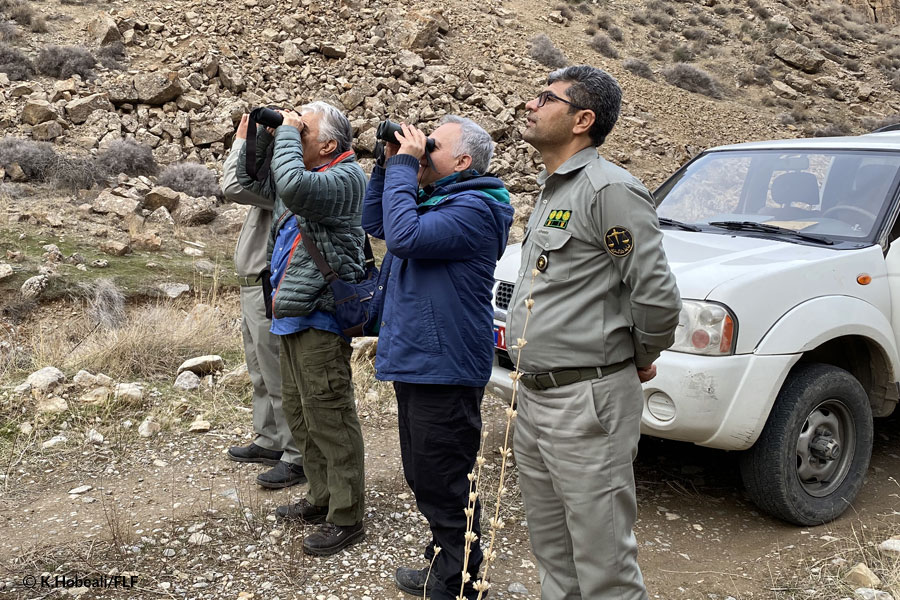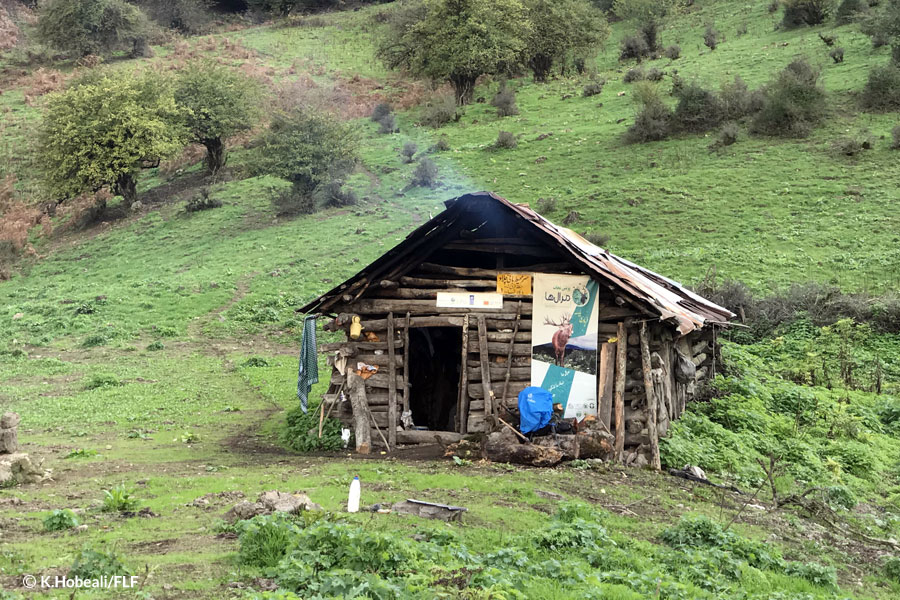
Counting leopards in a dryland
March 21, 2017
Trails for rangers to stop poachers
April 25, 2017A stunning landscape of bare rocks and sand dunes in central Iran, the Bafq Protected Area – one of the pilot sites for Future4Leopards Foundation – has always been a main stronghold for Persian leopards. Here, the predator shares its habitat with a number of other large carnivores, including Asiatic cheetahs. However, wolves were extremely rare in the area – in fact you had to be lucky to spot wolves rather than leopards in Bafq.
In September 2016, we started a comprehensive camera trapping program in Bafq to count leopards in this dryland area. But the result was somewhat unexpected. For the first time since 2001 when camera traps were introduced in the area, no Asiatic cheetah was photo-trapped, whereas wolves were commonly imaged throughout the area. This sounds a worrying alarm for cheetah conservation in Iran.
Biologists usually try to spot their target endangered species and to estimate their number to evaluate if ongoing conservation actions have been successful. But this is not the entire story. Carnivores interact with each other, trying to exploit the other species’ resources and to establish their own kind. Obviously, the stronger species are expected to win, with a consequent loss of territory and resources by less dominant species.
Wolves and leopards are two main competitors, normally preying upon similar species. Compared with previous camera trapping in the area, fewer leopards and more wolves indicate that the latter have been more successful in persisting in such an arid mountainous terrain. For leopards – which have already lost the majority of their habitat in central Iran – that is definitely a concern. The Foundation is working closely with its local partner to throw light on this worrying development.





